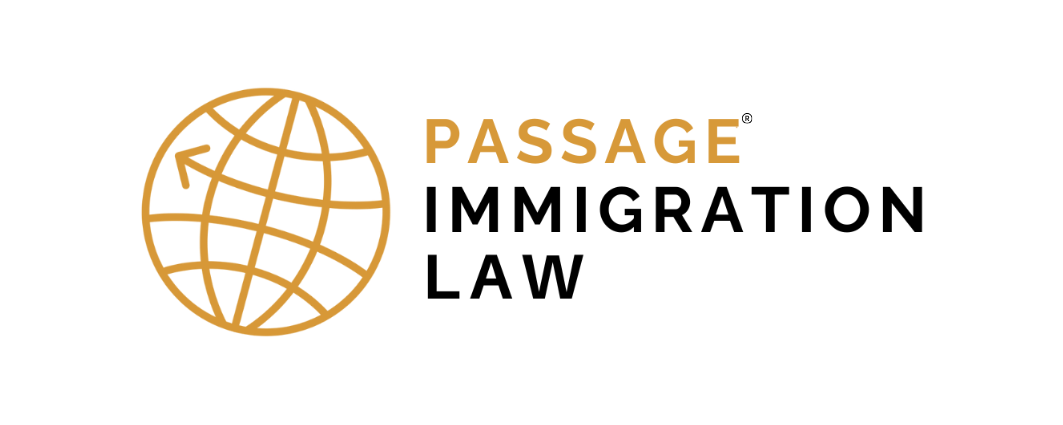Offering an opportunity for family members to join U.S. citizens in the United States as permanent residents, the F4 visa is a necessary pathway for those U.S. citizens to be reunited with their siblings. Under the family preference system, this visa category lets U.S. citizens sponsor their siblings and sisters as well as the spouses of their siblings and small children. Still, the F4 visa application is known for being difficult and time-consuming, frequently involving years of waiting. We will explore all aspects of the F4 visa, from eligibility and application processes to addressing waiting times and common challenges, in this extensive guide.
What is the F4 Visa?
Part of the family preference categories in the U.S. immigration system, the F4 visa is intended especially for siblings of U.S. citizens. It allows Americans to sponsor their brothers and sisters, therefore enabling their immigration to the United States. For individuals looking for family reunions, this visa type is especially helpful; however, because of yearly visa restrictions and great demand, it is also among the most delayed.
Eligibility Criteria
Both the sponsor and the applicant for the F4 visa have to satisfy particular requirements:
- Sponsor Requirements: The sponsor has to be a U.S. citizen minimum 21 years old. This age criterion guarantees that the sponsor is a grown-up who can carry out the obligations linked with sponsoring.
- Applicant Requirements: The applicant has to be the sponsor’s birth, step, or legally adopted sibling. The marriage producing the step-relationship must have taken place before the step-sibling reached 18. The visa petition can also cover the applicant’s unmarried children under 21 and spouse.
Application Process

The F4 visa application process consists of several parts, each essential to obtaining a visa. The process is broken out here in great detail:
- I-130 Filings Form: Filing Starting with the U.S. citizen sponsor Form I-130, Petition for Alien Relative, the process proceeds with United States Citizenship and Immigration Services (USCIS). This form establishes the qualifying link between the applicant and the sponsor. Supporting records including marriage certificates and birth certificates will help to establish the sibling link. The successful application depends on additionally fulfilling the USCIS photo requirements for I-130.
- USCIS Processing: Once Form I-130 is submitted, USCIS examines the petition to verify the relationship’s legality. At this point, the processing duration can vary—often several months. If approval is granted, USCIS will notify the sponsor with a Notice of Approval (Form I-797) highlighting the i130 processing time for siblings.
- National Visa Center (NVC) Processing: Following USCIS approval of the petition, the case is passed to the National Visa Center (NVC). Collecting visa payments and supporting documentation—including the g 4 form—and financial records like the Affidavit of Support (Form I-864—the NVC is in charge.) Along with giving directions for the following actions—which include verifying the NVC required documents—for completion—the NVC will additionally choose a case number.
- Visa Bulletin and Priority Date: The F4 visa category has a restricted amount of visas available annually, which results in notable delays. The monthly publication of the U.S. Department of State’s visa F4 bulletin shows the priority dates under processing. Assessed upon Form I-130, the priority date determines the applicant’s position in line for a visa. Before moving further, applicants have to wait for their priority date to become current. Tracking the situation of one’s application depends on closely observing the f4 visa bulletin.
- Consular Handling: The NVC sets an interview for the applicant at a U.S. embassy or consulate once the priority date is current. The interview is an essential phase in which the candidate has to answer questions to confirm the reliability of the application and present original documents. Before the interview, one needs to finish the ds-260 required documentation. If the interview goes according, a visa is granted.
- Arrival in the United States: Once the applicant has a visa, he or she can visit the US. They enter and become a lawful permanent resident (green card holders), so the f4 green card is then issued.
F4 Visa Processing Time

The F4 visa processing time can be long and frequently extends several years. Numerous elements affect the waiting time:
- Annual Visa Cap: The F4 visa category only grants a small number of visas annually, which causes long waiting times.
- Country of Origin: Applicants from nations with strong immigration rates to the United States, such as India, the Philippines, and Mexico, usually have longer waiting times because of more demand.
- Priority Date: Finding the processing schedule depends much on the priority date. The date becomes current after the applicant qualifies for an interview and visa issuing. Two important determinants of the whole length of the process are the f4 visa waiting time and f41 visa processing time.
Difficulties and Considerations

Negotiating the F4 visa process can be challenging given its complexity and possible long delays. These are some typical difficulties together with suggestions for solving them:
- Documentation preparation: One needs accurate and thorough documentation. To prevent delays, make sure all necessary documents—including financial support and proof of relationship—are turned in timely and accurately.
- Monitoring Visa Bulletin: Frequent examination of the visa F4 bulletin will help you to remain updated about the change of priority dates. Plan and get ready for the interview depending on this information.
- Legal Assistance: Consult a professional immigration attorney to get useful advice and raise your chances of a successful application considering the complexity of immigration law.
- Financial Requirements: Sponsors, shown by their Affidavit of Support, must satisfy specific financial requirements to assist the arriving relatives. Dissatisfying these criteria could cause delays or denial of the visa.
Rights and Responsibilities of Green Card Holders
Those with green cards have the right to live and work continuously in the United States. They can also create bank accounts, seek a driver’s license, and, with time, petition for U.S. nationality. But this position comes with responsibilities as well:
- Maintaining Permanent Residency: Green card holders have to keep their resident status intact. Extended absences from the United States could cause one to wonder about their intention to stay permanent residents.
- Paying Taxes: Like all Americans, green card holders have to report their income to the Internal Revenue Service (IRS) and file U.S. tax returns.
- Abiding by U.S. Laws: Compliance with federal, state, and local laws is vital. Major offenses could compromise their eligibility for citizenship and residence status.
- Selective Service Registration: Men green card holders between the ages of 18 and 25 must register with the U.S. Selective Service.
Pathway to US Citizenship

F4 visa holders, who have kept green card status for five years, could be qualified to apply for U.S. citizenship using legalization. This procedure consists of multiple phases:
- Filing Form N-400: Form N-400 is the application form for a naturalization starting point. Candidates have to satisfy residency restrictions, show moral behavior, and pass English and civics tests. Applicants will be set up for a biometrics session to give fingerprints and photos.
- Biometrics Appointment: The naturalization interview and test consists of questions concerning the applicant’s eligibility and background.
- Naturalization Interview and Test: Along with English language ability, the test assesses understanding of American history and government.
- Test of Allegiance: Qualified candidates go up for a ceremony where they take the Test of Allegiance, therefore completing the process of U.S. citizens.
Final Thoughts
The F4 visa application requires several processes and considerable documentation, hence careful preparation is rather important. Ensuring that every necessary document is accurate, comprehensive, and timely can help to greatly increase the probability of a seamless process and successful immigration result. Visit Passage Law or contact us for individualized help with the F4 visa application and to be sure your documentation satisfies all criteria.







